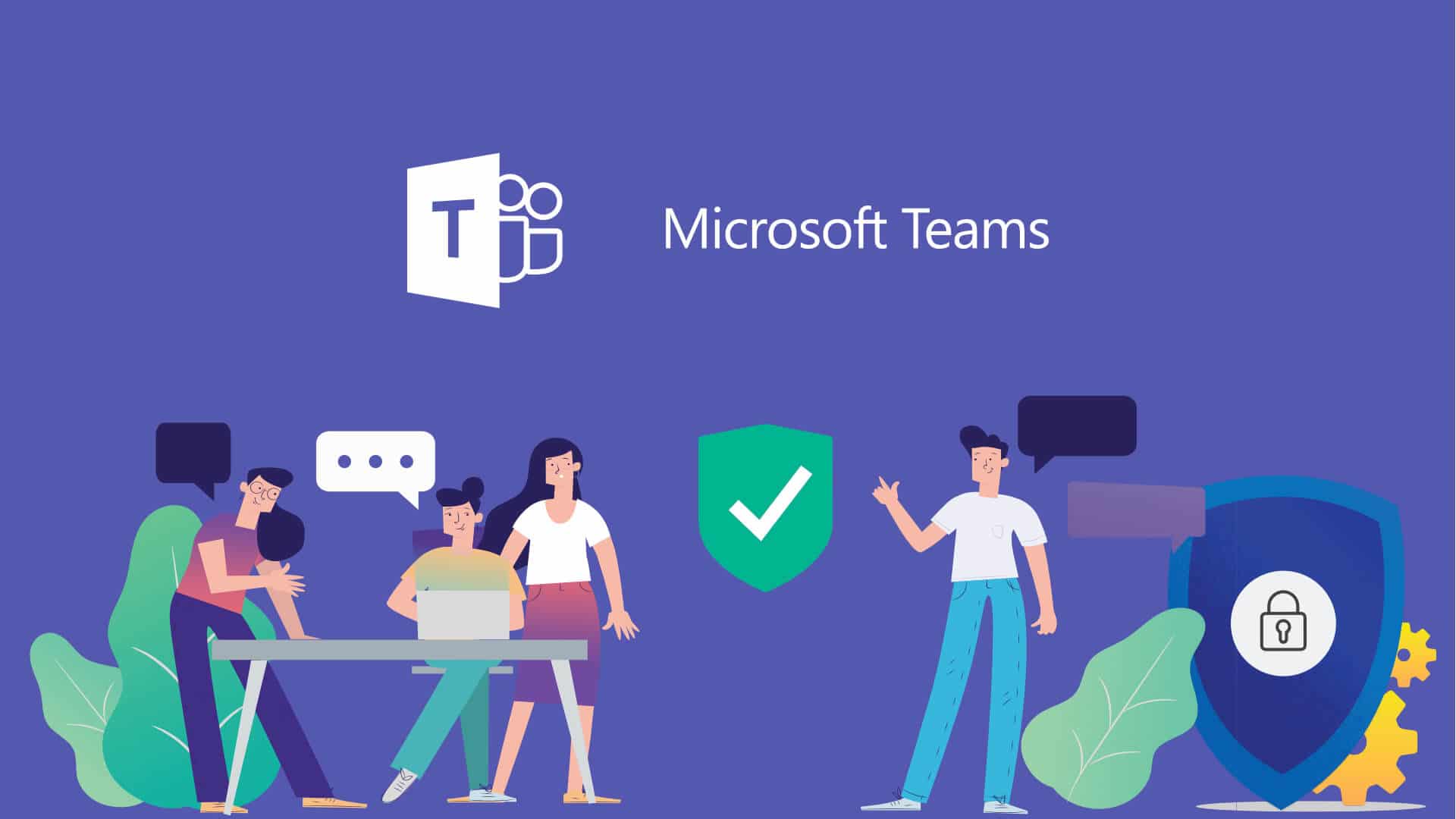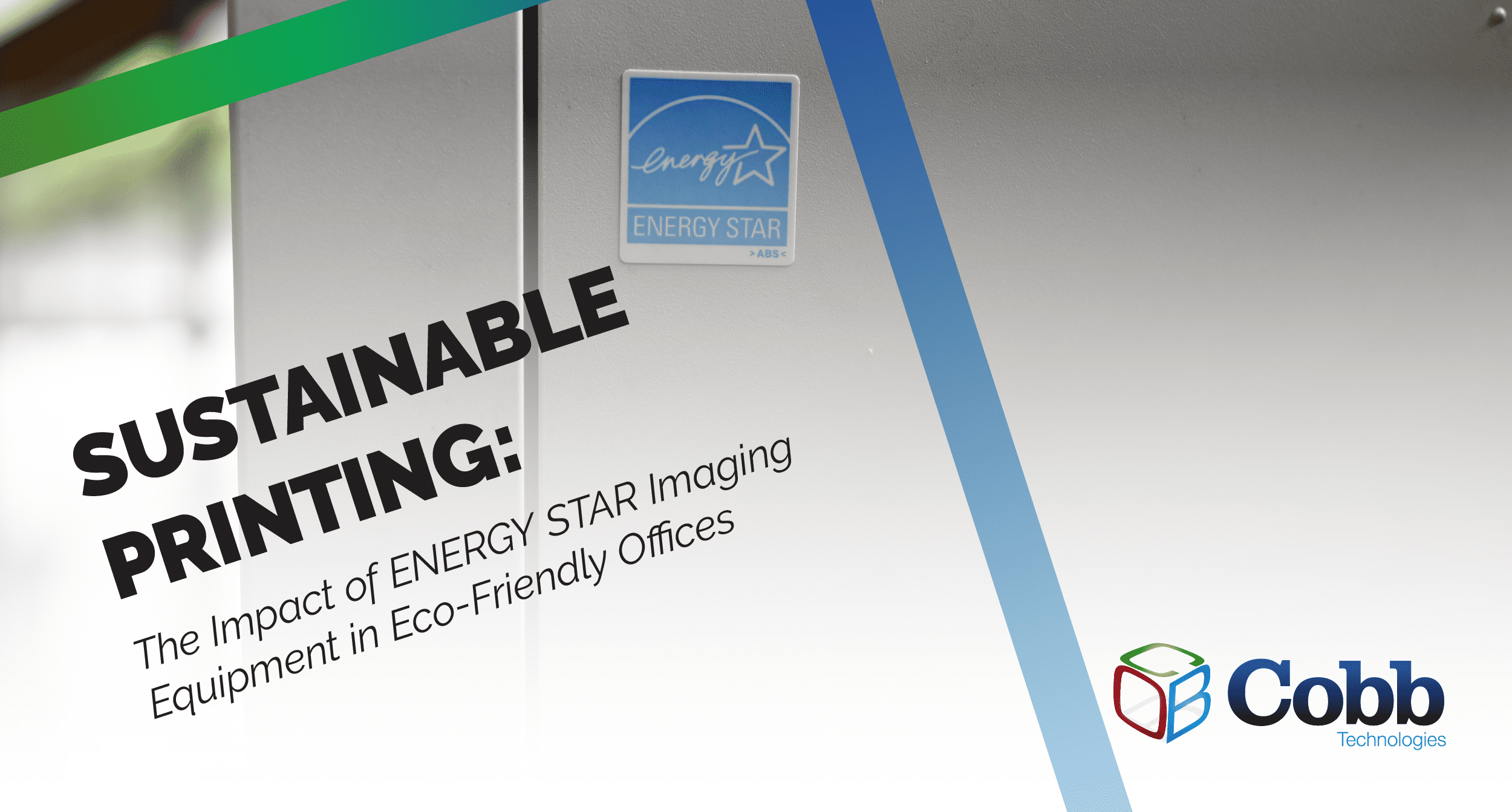9 min read
Sustainable Printing: The Impact of ENERGY STAR Imaging Equipment
Sustainability has become a top priority for businesses looking to minimize their environmental impact while maximizing efficiency. Yet, as...

A lot of us are very new to this whole working-from-home thing — and one of the most pressing needs we’re all facing is a collaboration platform that’s simultaneously reliable, robust, and a financially savvy service.
There’s a lot of collaboration platforms out on the market today: Slack, Microsoft Teams, Pronto, Flock, Mattermost, Wire, Rocket.Chat, and so many more. So how are you supposed to know which one is the best?
The answer depends on the needs of your business and team — however, there are most definitely two standouts: Slack, and Microsoft Teams.
SLACK PROS
Slack undoubtably offers a world class collaboration experience; the application is responsive, lightning quick, boasts an easy-to-understand (and look at) user interface (UI), and provides tons of helpful tools, integrations, and much more. Let’s get into what makes Slack so popular:
Slack’s User Experience
The environment of Slack is the perfect solution for anyone who is a member of a small-to-medium sized team, and needs to collaborate internally. The organizational structure of the application is streamlined and fine-tuned to be easily-understood, while presenting users with pertinent information quickly.
Slack’s Integrations
Slack also integrates seamlessly with many third-party applications and services, like Trello, Salesforce, Google Drive, Asana, Gmail, Cisco Webex, Zoom, and many more. If you’re wondering how these integrations work, they are expertly… well, integrated with the application.
For instance, when using a Trello integration, a specific Trello board can be assigned to a specific channel on Slack — whenever a card is edited, move, or changes status, the Slack channel it is connected to will show the update in that channel’s feed.
This can help ensure accountability, and help keep everyone more organized while in a remote work situation.
Slack’s Environment
Due to Slack’s high level of integration compatibility, it’s a great option for any business that doesn’t operate in the Office 365 environment. This can help foster the growth of a highly specialized, intricate business environment constructed of third party applications like the integrations listed above. An environment made up of interlocking, but different code bases comes with its own complications, however:
SLACK CONS
Slack’s Environment
Slack’s high level of integration compatibility is both a blessing and a curse; software compatibility is tenuous at best (one application update can lead to unforeseen disruptions due to broken integrations), and a highly specialized environment provides little room to adapt without bringing on extra cost via another highly specialized service.
Slack is able to integrate so well with so many applications because it is so specialized; Slack only aims to solve a business’ internal collaborative communication woes. This is why it integrates with Trello, a project management service (and many more PM platforms), as well as Zoom, a video call and conferencing service (as well as many more teleconferencing services).
But because it integrates so well with other applications, you can find your operations disrupted when one of the various services in your environment experiences downtime. The more points of failure a system has, the more likely it is to fail, after all.
TEAMS PROS
Microsoft Teams is a workhorse of a collaboration platform. Fully integrated with all of the Office 365 environment, Teams provides users with the ability to communicate seamlessly with each other, all while using other Microsoft services and programs. Let’s delve into what Teams can do:
Teams’ messaging, audio, video, conferencing, and recording
Without any third party integrations, Teams comes stock with the capability of hosting up to ten thousand participants in a meeting — you read that right — ten thousand. These meetings can take place over chat, audio calls, or video, and even a mix of all three.
A fantastically handy feature is the record meeting tool. Any meeting held in Teams can be recorded, which is then automatically uploaded and hosted in Microsoft Streams. From here, the video can be downloaded, edited, and distributed however you see fit.
Teams’ Integrations
Due to Teams living natively in the Office 365 environment, it integrates seamlessly with all of Microsoft’s suite and services.
Teams’ integration with Outlook is a great productivity booster; in Outlook, you can create a Teams Meeting with the click of a button, add the invitees, and send it out with just a few clicks and keystrokes. Not only can these meetings host internal users, but also allow guests from outside organizations to join the video conference call.
Teams also allows you to upload, share, and track files through OneDrive, via the “Files” tab towards the bottom left of the Teams UI. This, just like the Trello integration with Slack, allows users to easily keep track of the status of projects.
Also just like Slack, Teams offers plenty of third party integrations to choose from. Services such as Survey Monkey, Asana, Smartsheet, SCRUMgenius, and more are available for download and connecting to Teams.
The Office 365 environment
Microsoft’s Office 365 business solution provides almost every tool a business would need to run its internal operations, for the same price per user as Slack charges. Not only does this provide your business with a lot more bang for its buck, Office 365 also carries with it the bonus of being a highly robust environment.
With Teams, you’ll experience very little downtime, and a high level of functionality.
TEAMS CONS
Teams’ UI
There is truly only one con to Teams when compared to Slack: its user interface. The Teams interface — while highly functional, robust, and highly integrated — is a bit clunky when compared to Slack.
Teams tends to be just a bit slower sometimes when responding to mouse movement and clicks, and due to it’s high number of native functionalities (more than a Slack account with no third-party integrations), it’s interface can take some more time to learn to navigate than Slack’s.
This isn’t to say that Teams is difficult to use or navigate — it’s most definitely a top-tier service. But when compared directly the the UI of Slack, Slack beats out Teams by an inch.
SLACK? OR TEAMS?
Slack may be the better option for your company if it meets the following two requirements: your business doesn’t use the Microsoft Office 365 environment, and money isn’t a priority. A business that makes use of Slack will need to spend money on file storage and management, project management, and many other third party services in order to create a complete environment.
Microsoft Teams may be the better option for your company if money is on your mind, as well as a stable, single-solution collaborative environment. Due to Teams being a component of the Office 365 environment, not only will your business have access to the Office Suite (Outlook, Word, Excel, PowerPoint, and Access), but also its services Sharepoint, OneDrive, and Exchange.
If your business is already using the Office 365 environment, Microsoft Teams is the obvious choice, especially when comparing the capabilities Teams offers its users.

9 min read
Sustainability has become a top priority for businesses looking to minimize their environmental impact while maximizing efficiency. Yet, as...

8 min read
If you've recently encountered difficulties with your copier's scan-to-email feature, don’t worry — Your copier isn't malfunctioning; it's likely...

5 min read
Worried about cyberattacks hitting your business? You're not alone. Cyberattacks pose a real danger for businesses of all sizes, and without a solid...